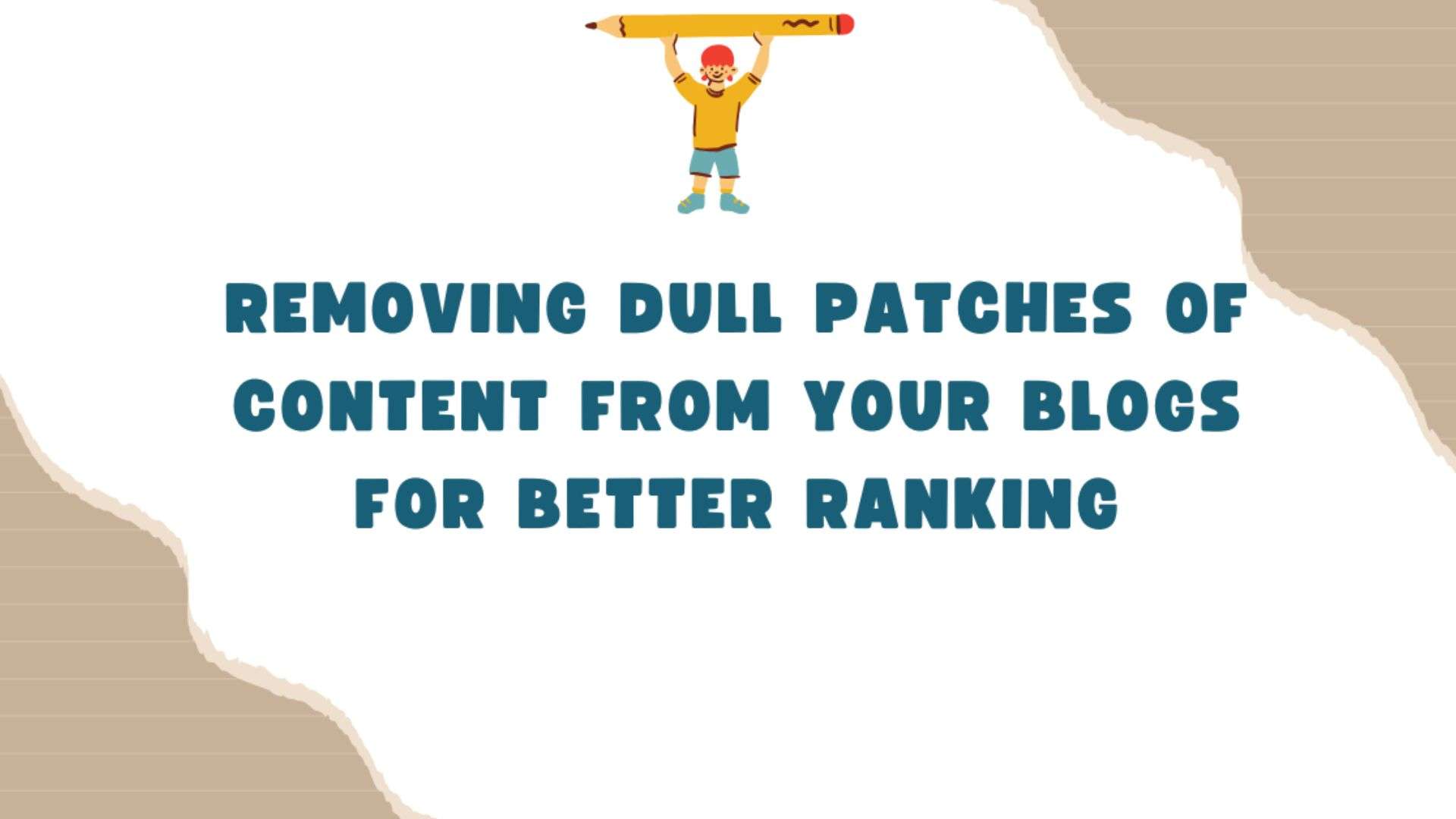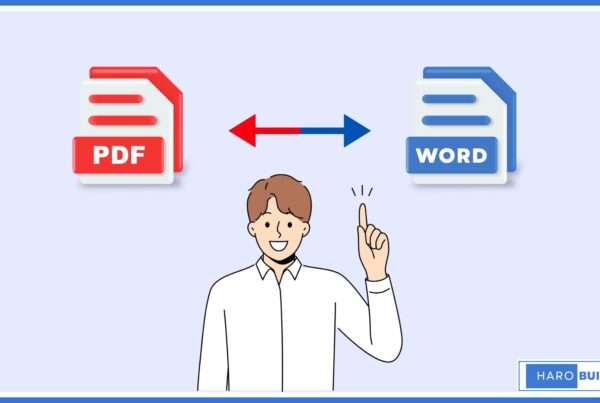
When it comes to boosting the SEO by optimizing content, the strategy is simple. But most people undermine the potential of optimized content and start with other SEO factors.
Optimizing existing content is nothing but removing dull patches of content from your blogs. I understand that you might be thinking that this is a small practice and is not that effective, but trust me, it is. To get started, avoid falling for the trap of publishing dull or filler content. These uninspired sections can hurt your SEO, increase bounce rates, and disengage your audience.
The good news is that you do not need to overhaul your entire blog post, as with the right strategy and a little help from the modern AI tools, you can polish your content and breathe new life into stale paragraphs and boost your blog’s performance.
How to Spot Dull Patches
Instead of directly working with the content, even without knowing whether it is the faulty one or not, might not bring you the desired results. It is important to spot the dull patches in your content so that you can specifically work on them and leave the rest of the content as it is.
To identify the dull patches, you may look out for
- Paragraphs that don’t advance your main idea
- Sentences that convey the main idea repetitively
- Jargon or filler content that adds no true value to the content
- Parts of the article that, as the writer, you do not want to read again
If you are skimming through your content and leaving some parts out, then there are chances that your readers will also do the same.
A quicker and smarter way to identify dull patches in your content is to get help from online tools. You can use Google Sentiment Analysis, which is a hidden yet very effective tool for content optimization. Alternatively, you can use the Hemingway app to find out the difficult-to-read patches in your content.
Manual Techniques to Tweak Weak Sections
We understand that manually working and scraping the dull content can be a time-consuming and arduous task. Online AI-based tools have made the process much easier and more efficient than ever.
1. Trim the fat
Read your content thoroughly, and once you have identified the area that has unnecessary information, you may start trimming the fat.
You need to cut filler phrases and vague language. When doing this, remember that your aim is not to shorten the content, but it is to achieve clarity and precision in your work.
2. Add Examples or Data
If your content has a lot of weak paragraphs, or even if there are a few, you may understand that it is because of the fact that they lack substance.
You may strengthen these paragraphs by adding statistics and examples. By suggesting adding examples and statistics, we do not mean that you may use any random information available offline or online, as a lack of authenticity might lower the quality of your content and might also affect your credibility in the reader’s eyes.
It is important to only add examples or data from credible resources so that it ensures that the overall quality of the content improves and your credibility gets better.
3. Improve Transitions
One of the most common issues with dull content is that it has abrupt transitions between sentences, and most importantly, between sentences.
It is important to add logical transitions to guide your readers through the ideas smoothly so that they can easily read and understand the content. However, you must keep a special check on this point when working with content that has extra sections.
4. Change Sentence Structure
Sometimes it happens that when writing the content, we unintentionally follow the same pattern of sentence structure, which makes the content sound boring and repetitive, even though it is not, but it appears to be.
To make your content interesting and engaging, it is important to use a mixture of sentence types such as compound, complex, and simple.
Also, use a variety of sentences, such as long and short, so that you can easily maintain the readability of your content, and it is more likely to be accessible to a wider range of audiences.
Use AI Tools for Smarter, Faster Editing
We understand that the manual techniques can be tiring, but they are effective and can surely help you get the desired results.
However, the use of AI tools can help you get things done faster with the editing process. The best part of using these online tools is that they offer you the creative phase and ideas that you might not have considered earlier.
AI Paraphraser: Rework The Sentences For Clarity and Precision
Instead of manually working and struggling with the content to make it engaging, using an AI Paraphraser is a concrete solution. The tool helps you rework the sentences and make the bland ones easier to change to natural and formal tones without harming the original intent of the content.
We understand that the wordy descriptions can be confusing, especially when it involves working with any technical tool. To help you get a better understanding of how this AI paraphraser works and rephrase the sentences, we have shared a pictorial demonstration below.

As you can see in the pictorial demonstration, the tool has done a great job and has efficiently paraphrased the piece of text to ensure that it is clear and precise in whatever it wants to convey. The best part of using this tool is that it does not harm the original intent or idea of the content and ensures that it stays in the content.
The AI paraphraser has effectively improved the sentence structure, tone, and natural flow of the content. It has improved the overall look and has removed the dullness from the content.
However, it is important to always review the content once to ensure that there are no contextual or grammatical errors in it, as this can also affect the quality and make your content look less authentic.
AI Paragraph Generator: Expand And Replace Dull Paragraphs
Apart from the AI paraphraser, another effective and simple tool that is useful in removing dullness from the content is the AI paragraph generator.
When reading or revising the content, if you feel like some part of the content feels thin or is incomplete, you may use the AI paragraph generator to help you create high-quality and relevant paragraphs based on your topic or input. To get a better understanding of how this tool works, you may have a look at the pictorial demonstration shared below.

As you can clearly see in the pictorial demonstration, the tool has done an exceptional job in creating a relevant and precise paragraph based on our input.
The best part of the output is that all the information the tool has generated is content that would add value to your content and is not fluff or any sort of filler content. However, it is important to note that the tool might make any sort of grammatical errors, so it is best to review the final output of the tool once to ensure that there are no mistakes in the final draft.
Final Words
Improving your blog’s SEO doesn’t always require a full rewrite; sometimes, it’s as simple as removing or enhancing the dull parts of your content.
By identifying weak sections, trimming unnecessary words, adding meaningful examples, and improving flow, you can significantly boost your content’s quality. AI tools like paraphrasers and paragraph generators can make this process quicker and more efficient, but always remember to review the final output for accuracy and clarity.
With consistent effort and the right tools, your blogs can become more engaging, readable, and SEO-friendly.



